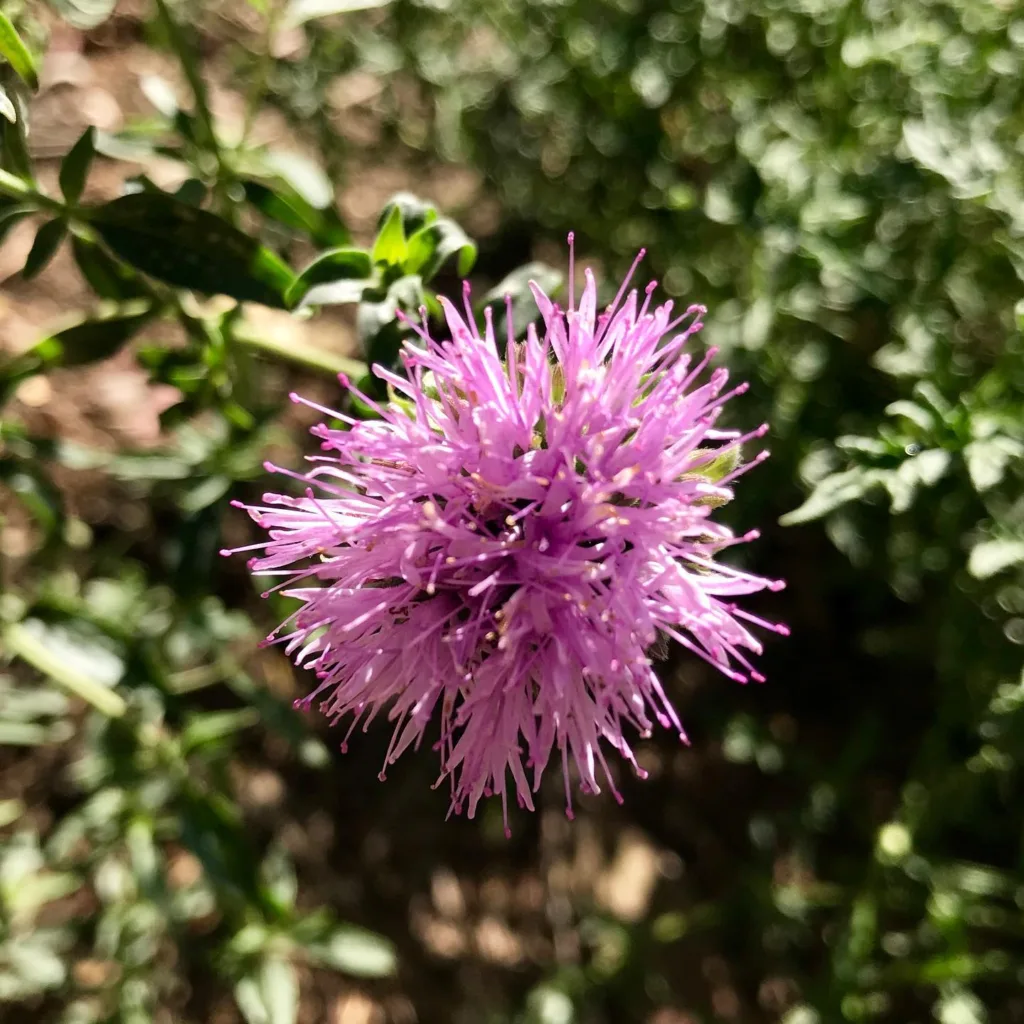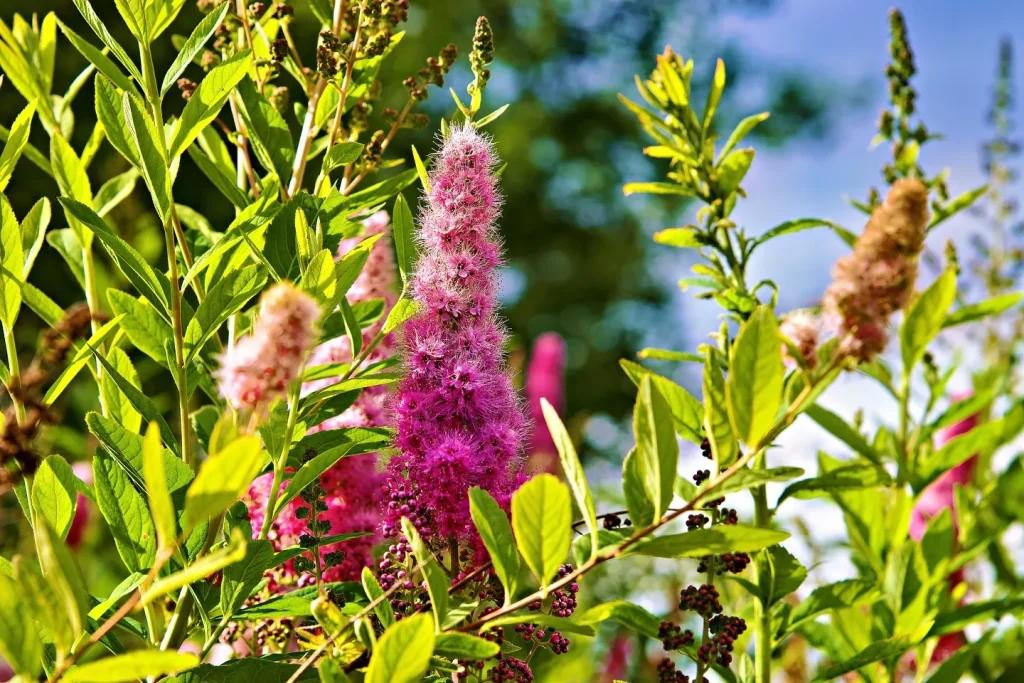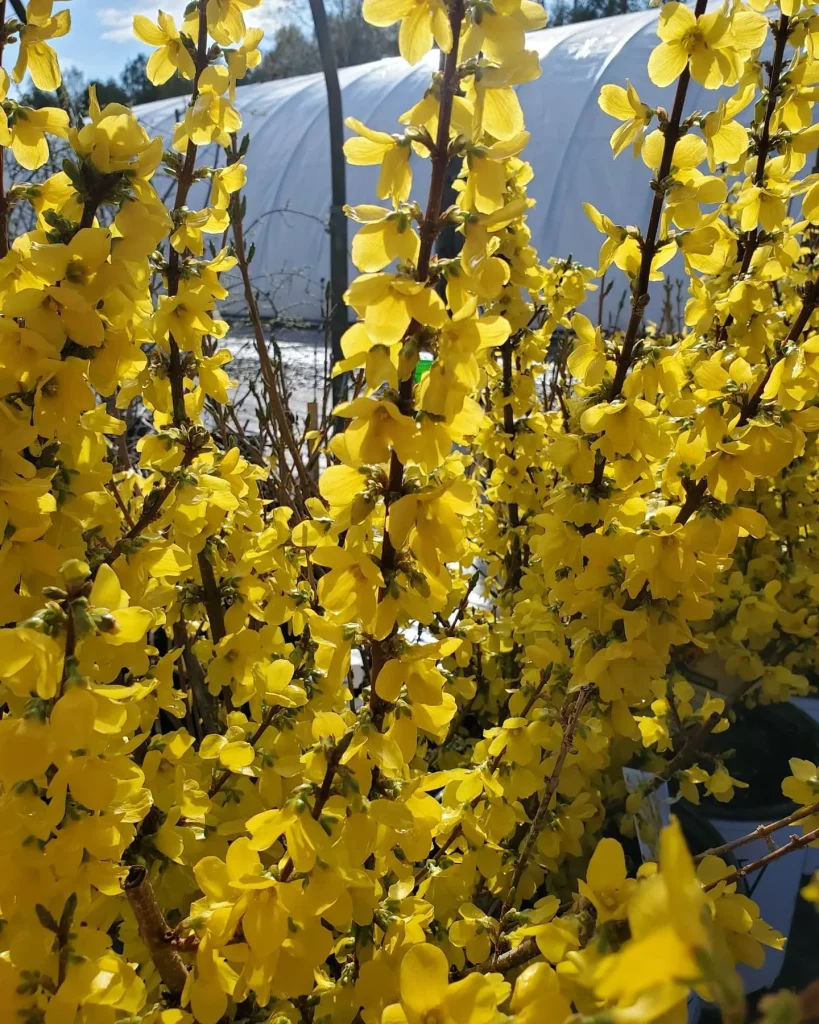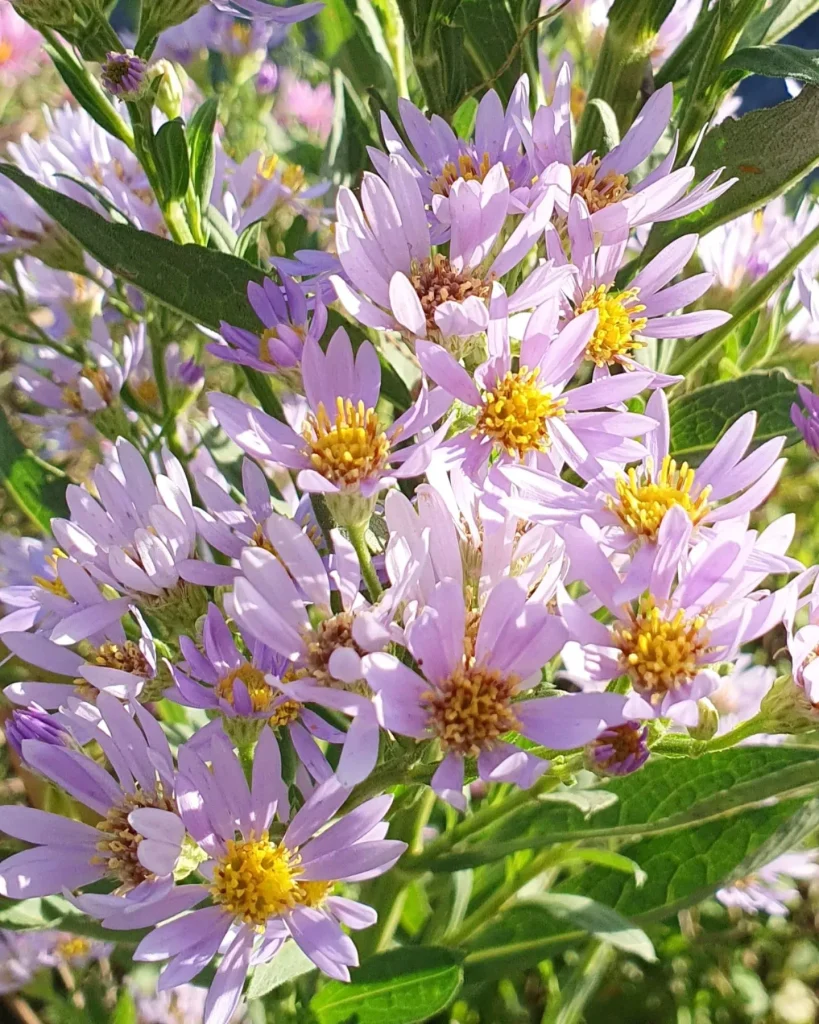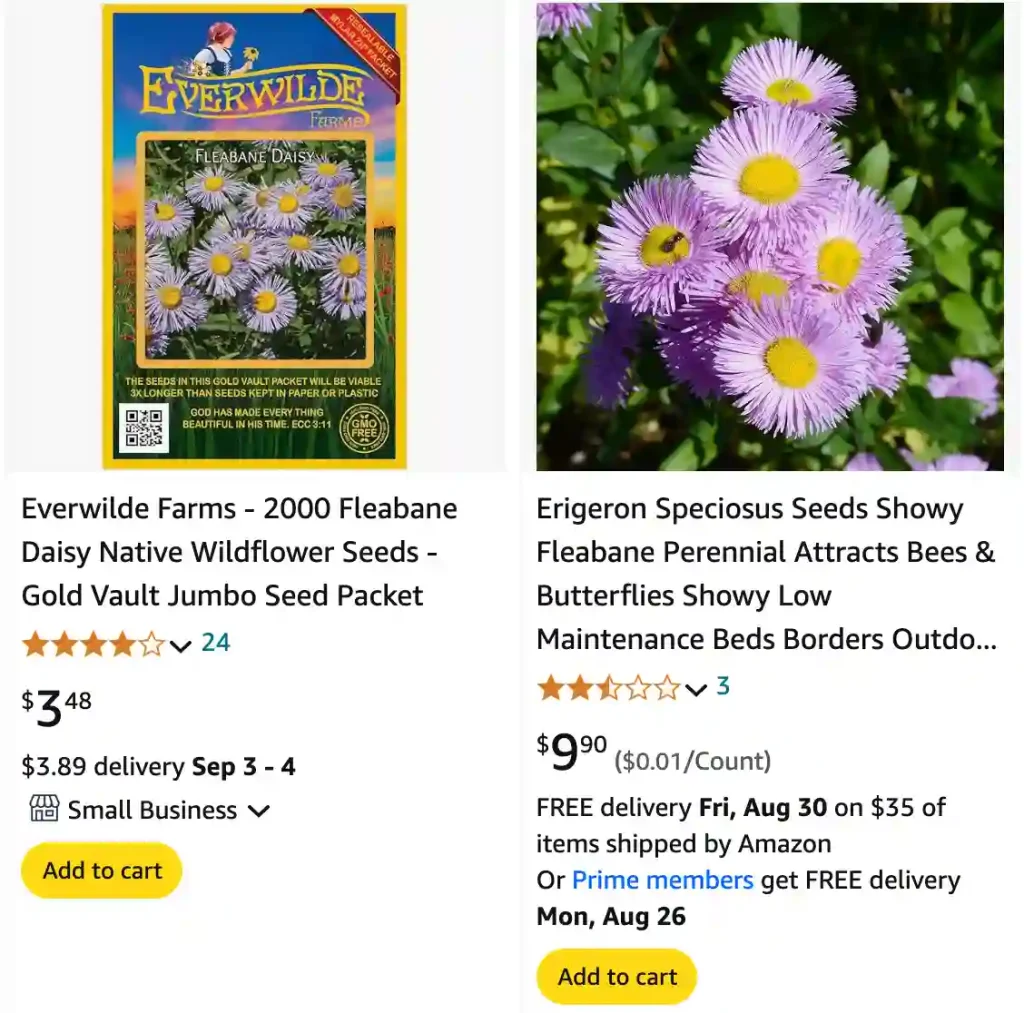
FAQs About Fleabane: Everything You Need to Know
I’ve always found Fleabane to be a fascinating plant, and over time, I’ve gathered quite a bit of information about it. If you’re curious about Fleabane, you’re not alone. Here’s a comprehensive guide answering some of the most frequently asked questions about this intriguing plant.
What Is Fleabane?
Fleabane is a common name used for several species within the Erigeron genus. These plants are characterized by their daisy-like flowers and can be found in a variety of habitats. Fleabane plants are known for their ability to thrive in challenging conditions, which makes them quite resilient.
465 Species in Genus Erigeron
Is Fleabane a Weed?
Yes, Fleabane is often considered a weed, especially in agricultural and garden settings. It tends to spread rapidly and can become invasive, outcompeting other plants for resources. If you’re dealing with a Fleabane infestation, it’s important to manage it carefully to prevent it from taking over your garden.
Is Fleabane Edible?
Fleabane is not typically consumed as food, but it has been used in traditional medicine. While it’s not known to be toxic, it’s best to exercise caution and avoid eating it unless you’re certain of its safety and know how to prepare it properly.
Is Fleabane Invasive?
Yes, some species of Fleabane are considered invasive. They can spread quickly and aggressively, particularly in disturbed soils. Managing its growth and preventing it from establishing itself in unwanted areas is crucial for maintaining a balanced garden.
Is Fleabane Poisonous to Humans?
Fleabane is generally not considered poisonous to humans. However, like many plants, it can cause irritation if ingested in large quantities or if contact occurs with sensitive skin. Always handle plants with care and consult a medical professional if you suspect poisoning.
What Is Fleabane Used For?
Fleabane has a variety of uses. Traditionally, it has been employed in herbal medicine for its purported anti-inflammatory and diuretic properties. It’s also used in some cultures for its supposed ability to repel fleas, though scientific evidence supporting this claim is limited.
Does Fleabane Repel Fleas?
There’s a common belief that Fleabane can repel fleas, but scientific evidence supporting this is sparse. While it’s sometimes used in pest control, its effectiveness in repelling fleas is not well-documented.
Can Chickens Eat Fleabane?
Chickens can eat Fleabane, but it should be given in moderation. The plant is not toxic to them, but feeding them large amounts of any plant not commonly part of their diet could potentially cause digestive upset.
How to Collect Fleabane Seeds?
Collecting Fleabane seeds is straightforward. Wait until the flowers have dried and turned to seed heads. Then, gently shake the seed heads to release the seeds. Store the seeds in a cool, dry place until you’re ready to plant them.
How to Get Rid of Fleabane?
Getting rid of Fleabane involves several strategies. Manual removal is effective for small infestations; ensure you remove the entire root system to prevent regrowth. For larger infestations, consider using herbicides, but be mindful of their impact on surrounding plants and soil.
How to Grow Fleabane?
Growing Fleabane is relatively easy. It prefers full sun and well-drained soil. Sow seeds directly into the garden or start them indoors before transplanting. Keep the soil moist but not waterlogged, and you’ll soon have a thriving Fleabane plant.
How to Identify Fleabane?
Fleabane can be identified by its daisy-like flowers, which typically have white or pink petals and yellow centers. The plant usually has a bushy, spreading habit with narrow, lance-shaped leaves. Its appearance can vary, so consulting a plant identification guide or expert can be helpful.
How to Make Fleabane Tea?
To make Fleabane tea, steep a handful of dried Fleabane leaves and flowers in boiling water for about 10 minutes. Strain and drink. This tea is traditionally used for its supposed health benefits, though scientific backing is limited.
Is Fleabane Good for Pollinators?
Yes, Fleabane is beneficial for pollinators. Its flowers attract bees, butterflies, and other insects that play a crucial role in pollination. Planting Fleabane can help support local ecosystems and biodiversity.
Fleabane vs Chamomile
Fleabane and Chamomile are often confused due to their similar appearance. Chamomile (Matricaria chamomilla) has a more distinct, sweet fragrance and is well-known for its calming tea. Fleabane, on the other hand, is less commonly used and has different medicinal properties.
Fleabane vs Aster
Fleabane and Aster are both members of the daisy family and can look similar, but they differ in their flower structure and growth habits. Asters generally have more varied colors and a more upright growth habit compared to Fleabane.
Fleabane vs Feverfew
Feverfew (Tanacetum parthenium) is another plant often compared with Fleabane. Feverfew is known for its use in treating headaches and migraines, while Fleabane has a broader range of traditional uses, though it’s less studied.
Fleabane vs Horseweed
Horseweed (Conyza canadensis) is often mistaken for Fleabane due to its similar growth habit and appearance. Horseweed tends to be taller and can spread more aggressively, making it a more challenging weed to control.
Fleabane vs Daisy
Fleabane and Daisy are closely related, both having a similar flower structure. However, Daisies typically have more uniform and vibrant petals, while Fleabane flowers can be more varied in appearance.
Fleabane vs False Aster
False Aster (Boltonia asteroides) can be mistaken for Fleabane due to its daisy-like flowers. However, False Aster usually has a more bushy growth habit and larger flowers compared to Fleabane.
Fleabane vs Ticks
Fleabane is often mentioned in the context of repelling pests, but its effectiveness against ticks is not well-supported. For tick control, other methods such as environmental management and tick repellents are more reliable.
How to Care for Fleabane?
Caring for Fleabane involves regular watering and occasional weeding to ensure it doesn’t become invasive. It thrives in well-drained soil and can benefit from a light application of fertilizer in the spring.
How to Propagate Fleabane?
Fleabane can be propagated from seeds or by division. To divide, carefully separate established plants in early spring or fall, ensuring each division has roots and foliage. For seeds, sow them directly into the soil or start indoors.
What to Plant With Fleabane?
Fleabane pairs well with other wildflowers and perennials. Consider planting it with species like Black-eyed Susans, Coneflowers, or Blanket Flowers to create a vibrant and diverse garden.
Benefits of Fleabane
Fleabane offers several benefits, including its role in supporting pollinators and its traditional uses in herbal medicine. It’s also a hardy plant that can thrive in less-than-ideal conditions.
Common Problems with Fleabane
Common problems with Fleabane include its tendency to become invasive and its susceptibility to common garden pests. Regular monitoring and management are essential to keep it under control.
In conclusion, Fleabane is a versatile plant with a range of uses and characteristics. Whether you’re dealing with it as a weed or exploring its traditional medicinal uses, understanding its properties and how to manage it can help you make the most of this hardy plant.
If i die, water my plants!
